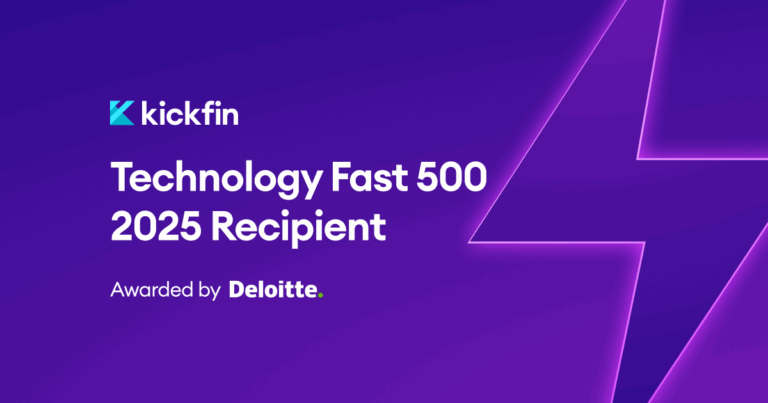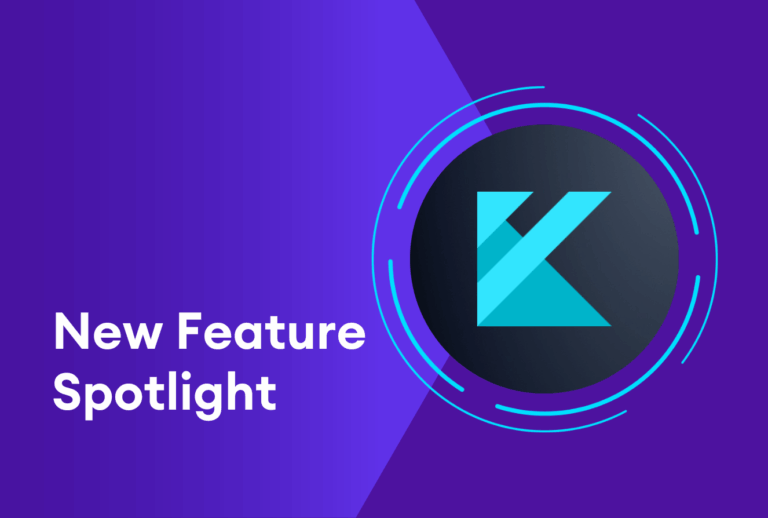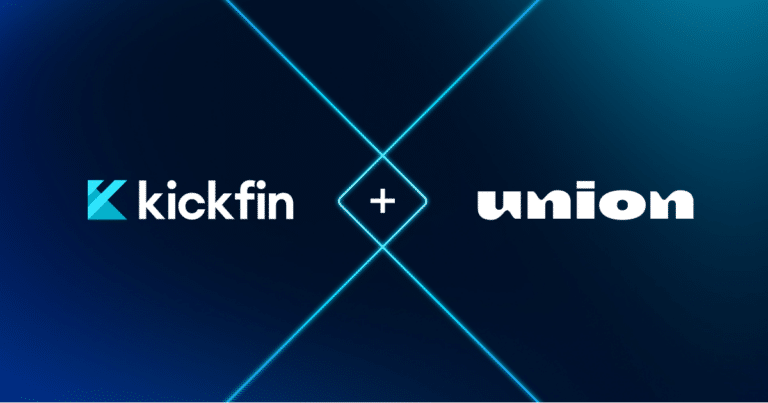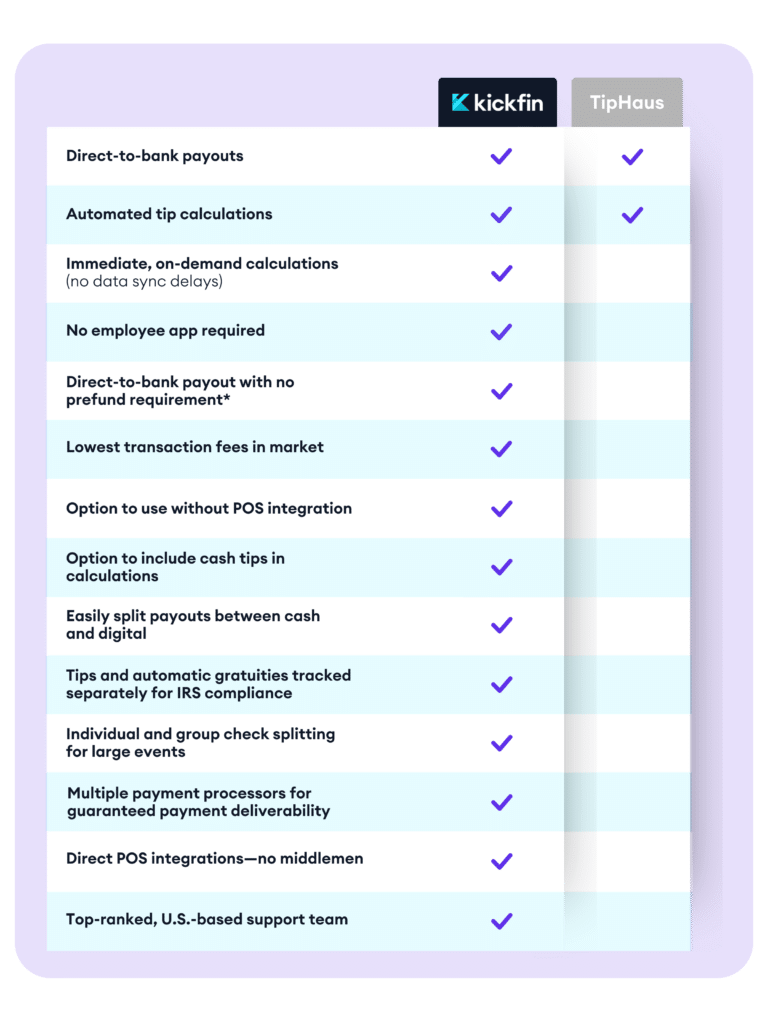Restaurant operators and tech companies descended on Dallas to meet at FSTEC, the premier conference to learn about exciting new solutions for the quickly-automating restaurant industry.
Our very own Brian Hassan, co-founder and co-CEO of Kickfin, joined a panel to talk about everything tip management — including employee buy-in, legal compliance, and profit growth. Brian discussed the importance of creating a tip management strategy and how to execute on it alongside Mike Manley (Senior IT Director, Dave & Busters), Ken McGarrie (Founder, Korgen Hospitality), and James Fessenden (Partner, Fisher Phillips).
Watch the full video or check out our key takeaways from Brian’s conversation.
Building a Tip Management Strategy
Things are changing in the restaurant industry — and fast. A unified tip management strategy should be a key component of your restaurant’s operations.
Why?
- Fewer cash transactions at restaurants
- Servers still want daily tip payouts
- Changing IRS policies for claiming tips
- Competition in the labor force
Forward-thinking restaurateurs are already investing in tech to automate many aspects of their business, so your tip management strategy shouldn’t be left in the past.
For restaurants looking to scale, having a single strategy across all your locations is the best way to simplify operations, ensure compliance with tip pooling laws, and prevent theft. You’re going to have growing pains, but paying employees efficiently should be priority number one.
So how do you create a tip management strategy?
- Choose a tip pooling system
- Decide how you’d like to pay out tips to employees
- Monitor for compliance with tipping laws
Tip Distribution Models
85% of our customers are currently sharing tips, one way or another, but there isn’t a one-size-fits-all tip distribution model.
For QSRs, it’s pretty simple: pool tips and divide them by hours worked. At QSRs, you’re all working as a team to serve customers quickly, whether you’re running the cash register or manning the drive-thru window. It feels fair for employees to share tips based on how long each team member’s shift is.
Things start to get tricky when splitting tips at FSRs, especially in fine dining. Servers provide the majority of direct service to guests, but there are a lot of key people involved in the entire dining experience (hosts, runners, bartenders, and bussers).
Many FSRs will use a “points” system to assign a share of the night’s tips based on their role, or servers will “tip out” the other supporting staff members based on a percentage of their sales. Beware: splitting by percentages can often veer into non-compliance without proper management.
>> Learn more about tip distribution models here
Once you’ve chosen the right tip distribution model for your business, communication is key. Employees should be notified in writing about the tip pooling policy, but you should also be talking to them about why you have this policy and how it will work.
Pay-out Methods
Once you’ve split up the tips, how are you going to pay them out to employees?
Cash
Cash has ruled the restaurant industry for decades, and most servers have come to expect an envelope of dollar bills at the end of every shift. But does it still make sense?
While 90% of hospitality outlets are still paying out in cash, some restaurants are seeing as low as 1% of transactions paid in cash. This creates a logistical problem for restaurants who have to order cash deliveries or send a manager out to withdraw thousands of dollars just to pay servers.
Cash also opens the door for theft. Servers leaving work with a wad of cash in their aprons are easy targets, putting their physical and financial safety at risk. Owners also run the risk of employee theft. Since cash isn’t traceable, that money is gone.
Now that the IRS is planning to use POS data to estimate tips, cash could also cause major issues for servers at tax time. The POS data might show that a server likely earned $200 in tips (claimed or not), but it doesn’t account for how much a server had to tip out. If you’re only left with $150 after tip out, why would you want to be taxed on $200?
Payroll
Putting tips on payroll is probably the easiest option for restaurant managers. It makes for straightforward compliance and takes much less time than counting cash.
But (and it’s a big but), servers are used to an influx of cash on the daily — not every two weeks. You run a big risk of losing veteran servers and struggling to hire new staff when you move their tips onto payroll.
Digital Tipping
The innovative tech we mentioned earlier? This is it. Rather than cash or payroll, you can look into digital options that will free you from cash without alienating employees.
But there are still options in the world of digital tip outs: Prepaid cards and instant, direct payouts. Prepaid cards were the earliest iteration of digital tip outs, offering employees their tips instantly on a card provided by their employer. They come with some major drawbacks though, including fees, restrictive ATM networks, and questionable legality.
Direct digital payments send the tip right into employees’ bank accounts. No one needs to add another card to their wallet or spend time transferring funds from a prepaid card to their normal bank account.
The Digital Tipping Landscape
Ready to try digital tip outs? You have a lot of options — including Kickfin!
When choosing a digital tipping partner, you have some things to consider. First and foremost, solve problems one at a time, in order of importance. Seek a solution that best fits your pain points without overcomplicating things.
Here are some things to consider when choosing a digital tipping solution
- Does it send payment instantly?
- Does it have a payroll option for unbanked employees?
- What does the implementation and onboarding look like?
- Can it integrate with your POS?
- Does it manage compliance?
- Will it make employees’ experience better?
If you choose wisely, the impact of your tip management system will go far beyond paying employees. For one, your employees will stick around for longer. Our survey found that Kickfin was the top reason that servers decided to stay at their current restaurant. And with more time on their hands, managers can do their most important job — creating more profitability for your restaurant.
Compliance
Remember: tipping laws are no joke. Here’s a quick refresher (but always ask an attorney for personalized legal advice).
The Tip Credit
If your employees are earning more than $30 every month in tips, you are allowed to take the tip credit. According to federal law, you can pay employees $5.13 less than the state’s minimum wage per hour, as long as the employee is making up the difference in their tipped earnings. This only applies in states where the tip credit is legal (sorry, California restaurant owners).
Tip Pooling
As we mentioned before, tip pools are a great way to reward FOH staff for their part in creating excellent guest experiences. But, when not carefully monitored, tip pools are one of the easiest ways to get in legal trouble for wage theft.
Depending on your state, mandatory tip pools may not be legal, but employees are always welcome to create a voluntary tip pool. Where mandatory pools are legal, BOH employees and managers are not allowed to participate in the pool.
As a general rule of thumb, California is leading the charge as tipping laws evolve. Look to their current laws as a blueprint for what other states will be putting in place in the near future.
Tip Management Best Practices
As you’re creating (or recreating) your tip management system, follow these tips from the panelists.
Keep It Simple
There’s no need to have a complex tipping system if you don’t need it. Come up with a single system that will work at all of your locations. Same goes for your tech stack — don’t add tools that you don’t need. Only bring in technology that makes your life easier without overcomplicating it.
Be Transparent
You’re making changes to your employees’ livelihoods, so keep them in the loop. As you develop your tip management strategy, have an open-door policy where employees can come to you with concerns or with pain points they’d like a solution to.
Also, always give written notice of your tip policy to your employees and have them sign it. This goes for changes to your use of the tip credit or for tip pooling.
Know Your Market
To retain staff as you make these changes, you need to know what other restaurants in your area are doing. If it’s common practice to pay tips on payroll (as it is in New York City), then you may not need to worry about losing employees to daily pay restaurants. But if your competitors are handing out cash daily, make sure you have a solution that is just as enticing for servers.
Thanks to FSTEC for giving us this opportunity — we can’t wait to see you all again there next year. In the meantime, if you’re looking for a first step to overhauling your tip management strategy, check out our FREE tip pooling templates.






